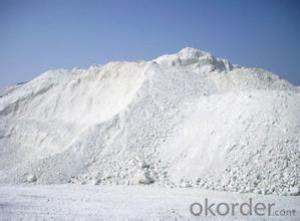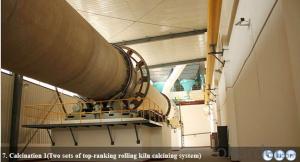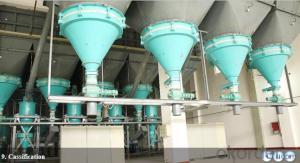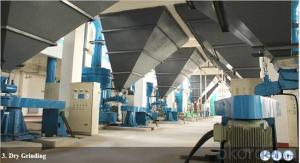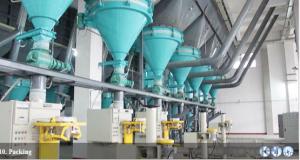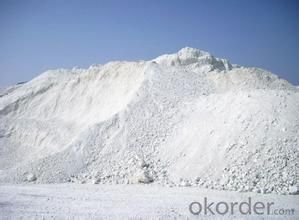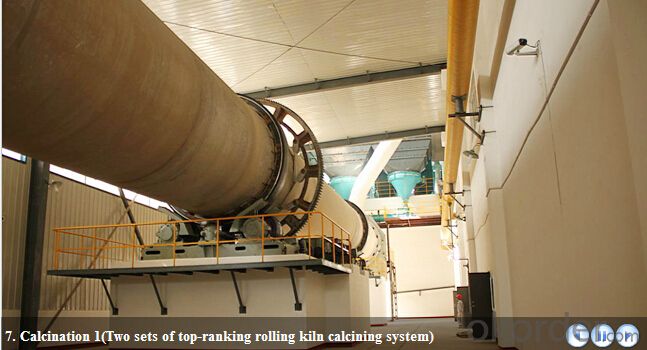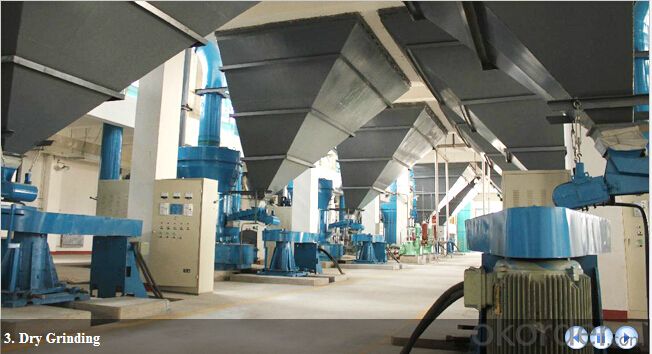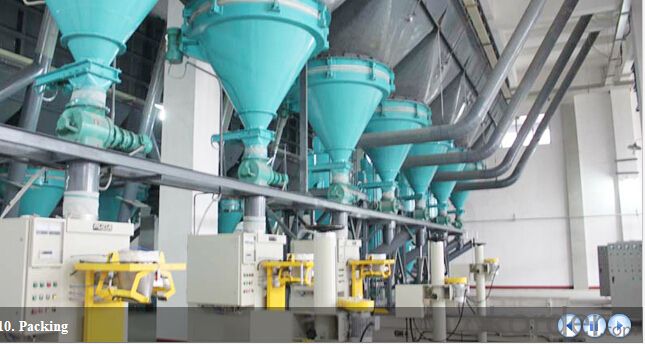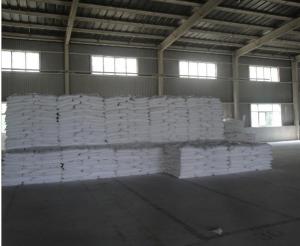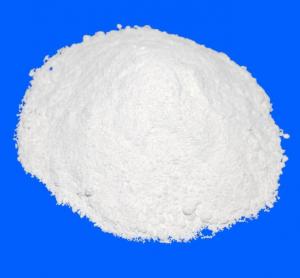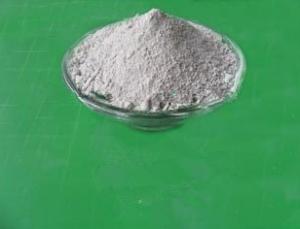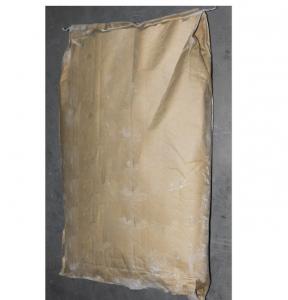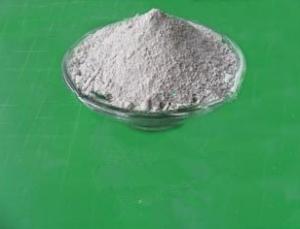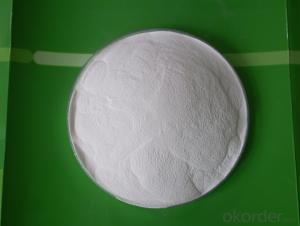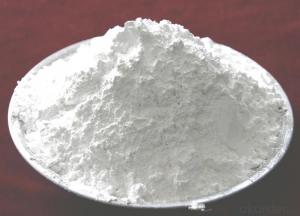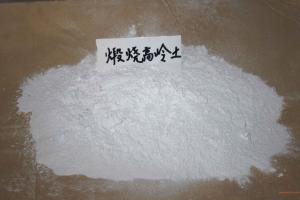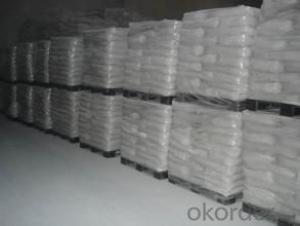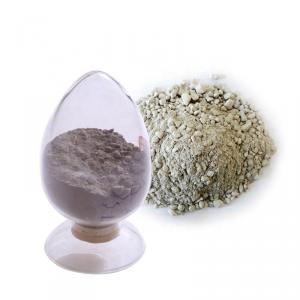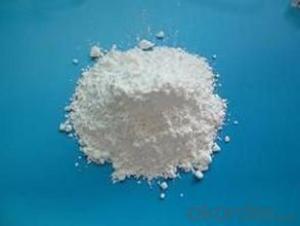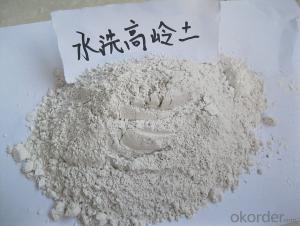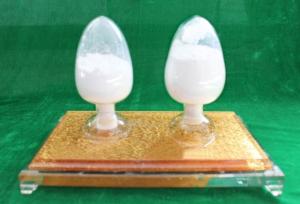HIGH REACTIVITY METAKAOLIN FOR CEMENT INDUSTRY
- Loading Port:
- Tianjin
- Payment Terms:
- TT OR LC
- Min Order Qty:
- 25 m.t.
- Supply Capability:
- 12000 m.t./month
OKorder Service Pledge
Quality Product, Order Online Tracking, Timely Delivery
OKorder Financial Service
Credit Rating, Credit Services, Credit Purchasing
You Might Also Like
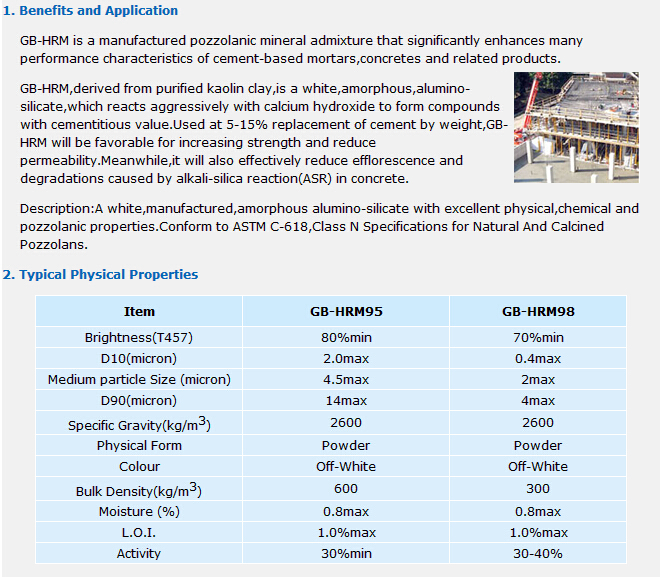

4.Application
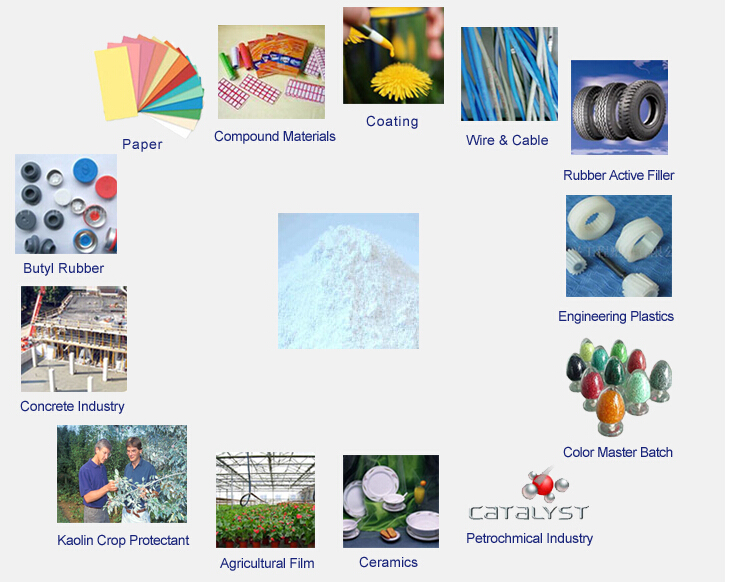
- Q: How to distinguish kaolin?
- Therefore, kaolin has become the necessary mineral material for dozens of industries, such as paper making, ceramics, rubber, chemicals, coatings, pharmaceuticals and national defense. Kaolin is widely used in the paper making industry. There are two main areas. One is used in papermaking (or paper making), and the other is the pigment used in the surface coating process. Kaolin was first discovered in china.
- Q: Steam is used to open the pores, open the state, with kaolin mask will not plug the pores?
- The effect of warm water is better than cold water, even if you soak seaweed with warm water, cool it and use it again. Why? Warm water can better promote the gum inside the seaweed, not only this can make the deposited time will not stay, but also inside the seaweed glue has a powerful beauty function Oh!To be patient when global algae, have the time and energy of the MM for the best hand rub algae particles, slowly you will find more and more glue in the water, even if you are too lazy to spend time on it, then put them soak for a while, the cold water for 20 minutes, 10 minutes of warm water. I personally watched TV at night to rub, and found almost, and then deposited on the face
- Q: Describe the formation of kaolin on kaolin Hill
- Kaolin is a nonmetallic mineral, a kind of clay and clay rock mainly composed of kaolinite group clay minerals. Because of the white and delicate, also known as "white cloud soil.". [name] because of kaolin village, Jiangxi, Jingdezhen province.
- Q: What kind of kaolin can burn glazed tiles?
- Kaolin is a kind of mineral material of better purity. It is not necessary to fire glass tile and kaolin, because glazed tile belongs to coarse pottery, and the quality requirement of clay is not fine
- Q: How do porcelain mud distinguish good or bad?
- The difference between the mines leads to uneven composition and leads to inconsistent quality. The loss of many mud and glazes in China is very important for this reason.
- Q: Kaolin calcining temperature
- Also known as clay kaolin clay, clay, generally translated, is a content of kaolinite origin rocks have reached more than the amount of which is the final product of granite and feldspar weathering, is the main component of hydrated aluminium silicate. Catalpo rubber old called crushing natural product is refined, the price is low.
- Q: Which mixer can be more evenly dispersed kaolin slurry?
- If you love to drink fruit juice drinks of all kinds, so it is recommended to select with mixer speed regulation, so that you can freely adjust the stirring speed, some fruit juice does not need to stir too broken to drink. Therefore, you can choose a mixer with speed control function.
- Q: China clay, kaolin clay, three what is the difference? Is China clay is kaolin chemical elements of the three specific? What is the difference?
- Also known as clay kaolin, clay is composed of metamorphic mica and feldspar.
- Q: Can the water containing kaolin be drinkable?
- The general soil are kaolin containing ingredients, pure kaolin is acidic soil, pH value of about 4-6, the more pure kaolin more acid, general plants to grow, if plants can grow, the water can drink;
- Q: Heroes, help me see if this is quartz sand or kaolin? Is it valuable?
- Whiteness is very high, belongs to quartz sand, sand surface may be attached to kaolin, if any, scrub, removing impurities can be purified to the silicon dioxide content of 99.9%, then it will crush value high, deep processing of quartz is mainly scrubbing, impurity removal and grinding.
Send your message to us
HIGH REACTIVITY METAKAOLIN FOR CEMENT INDUSTRY
- Loading Port:
- Tianjin
- Payment Terms:
- TT OR LC
- Min Order Qty:
- 25 m.t.
- Supply Capability:
- 12000 m.t./month
OKorder Service Pledge
Quality Product, Order Online Tracking, Timely Delivery
OKorder Financial Service
Credit Rating, Credit Services, Credit Purchasing
Similar products
Hot products
Hot Searches
